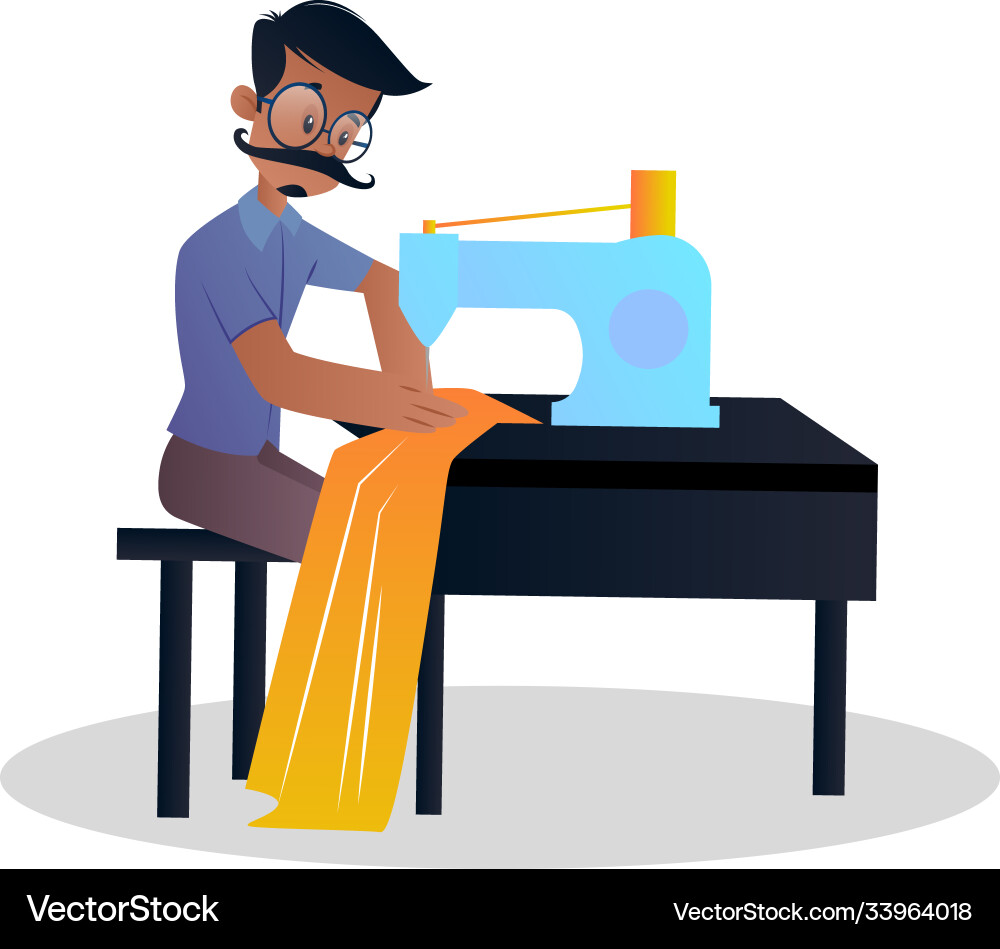Tailor Perth Insights: Discover the Art of Fine Tailoring in Perth
Recognizing the Tailoring Refine: From Material Choice to Final Fitting for the Ideal Closet
The customizing procedure is a complicated interaction of art and scientific research, starting with the critical choice of textile selection and finishing in the exact modifications of final installations. Each textile type brings distinct qualities that influence not just the visual appeal but additionally the garment's long life and suitability for various occasions. Understanding the subtleties of customizing methods can elevate one's wardrobe to unprecedented levels of sophistication. As we explore these elements even more, one must consider how even the smallest details can considerably affect the general result of one's personal style.
Value of Fabric Choice
Picking the right material is critical in the tailoring process, as it directly affects the convenience, resilience, and general visual of the last garment (tailor perth). The selection of material establishes the structure for the garment's design, efficiency, and capability. Various fabrics possess distinct homes, such as weight, stretch, and breathability, which can considerably influence just how the garment drapes and fits the body
Moreover, fabric choice affects the garment's long life and convenience of care. Top notch materials can stand up to damage, keeping their look and framework with time, while lower-quality products may cause pilling or fading. Additionally, the best material adds to the garment's capability to shift across periods and events, thereby improving adaptability.
A customized piece made from an appropriate fabric not just showcases craftsmanship but additionally raises the wearer's self-confidence. Subsequently, comprehending the nuances of textile choice is vital for any customizing venture. It guarantees that the last item not only fulfills the visual wishes of the client but additionally straightens with useful needs, therefore attaining a harmonious balance between type and feature in the customized closet.
Sorts Of Fabrics and Their Uses
Comprehending the various kinds of fabrics readily available is essential for making informed choices during the customizing process. Each material has special qualities that determine its viability for certain garments and celebrations.
Cotton, known for its breathability and soft qualities, is optimal for informal wear and summer garments. Its versatility enables it to be customized into whatever from shirts to dresses. Woollen, on the various other hand, is favored for its warmth and structure, making it a superb choice for formal matches and outerwear - tailor perth. Its all-natural elasticity assists garments maintain shape with time.
Silk radiates luxury and is lightweight, making it ideal for eveningwear and fragile shirts; nevertheless, it needs mindful handling due to its frailty. Bed linen, with its textured coating, is a popular selection for warm environments, offering a airy and crisp feeling, yet it wrinkles conveniently, which might impact the garment's appearance.
Synthetic fabrics, such as polyester and nylon, offer sturdiness and resistance to wrinkles, making them ideal for daily wear and active clothes. Understanding these fabric types and their homes permits better decision-making, guaranteeing that each customized item not only fits well yet likewise aligns with the intended objective and event.
The Tailoring Techniques Discussed
The art of tailoring depends on a range of methods that More about the author transform fabric right into well-fitted garments. Central to this procedure is pattern preparing, where a dressmaker produces themes based on the client's measurements and preferred design. This first step guarantees that the garment will fit the wearer properly prior to any kind of reducing occurs.
Once patterns are developed, reducing techniques enter play. Accuracy is extremely important as inaccuracies can bring about misfitting garments. Tailors often make use of different cutting techniques, such as single-layer cutting for intricate designs and multiple-layer cutting for efficiency on basic patterns.
Basting is another crucial strategy, enabling tailors to temporarily sew material assemble for an initial installation. This technique uses the possibility to analyze the drape and total silhouette prior to last sewing.
Seaming techniques, consisting of flat-felled joints and French joints, boost the garment's durability and visual charm. Tailors also employ methods such as interfacing and cushioning to supply framework and form to details areas, like shoulders and collars.
Last but not least, ending up strategies, including hemming and side finishing, guarantee the garment's long life while giving a sleek look. Together, these methods create the foundation of effective tailoring, leading to beautiful, tailor-made garments.
Suitable Adjustments and Considerations

Trick considerations include the shoulder fit, which should neither sag neither limit activity, and the sleeve size, which should enable comfortable arm activity while keeping a sleek appearance. Furthermore, modifications at the waistline can improve the silhouette, with options to allow out or absorb material as needed.
The rise of pants is one more essential aspect; it must sit conveniently above the hips without causing discomfort, permitting ease of movement. Hemming sizes for both trousers and skirts need to mirror the user's recommended design while respecting percentages.

Preserving Your Tailored Apparel
Proper maintenance of tailored garments is necessary to preserving their fit and look with time. To guarantee longevity, routine cleansing is extremely important. Constantly follow the care tag guidelines, which might recommend dry cleansing for fragile materials or equipment washing for more sturdy materials. Prevent frequent laundering, as this can a knockout post put on down the fabric and modify the garment's shape.
Storage space is equally essential; use cushioned hangers for jackets and coats to maintain shoulder structure, and store trousers folded neatly or hung to avoid creasing. Shield garments from direct sunlight, which can discolor shades and damage fibers.
Additionally, periodic assessments for minor fixings can prevent larger problems. Examine for loose switches, tearing joints, or indications of moth damage, addressing these problems promptly to maintain the garment's integrity.
Finally, consider seasonal turning. Wearing tailored pieces in moderation permits materials to recoup, prolonging their life expectancy. By applying these maintenance techniques, you can make certain that your customized garments continue to be as beautiful as the day you initially wore them, improving your optimal closet for many years ahead.
Final Thought
The customizing procedure, including textile selection, proficient strategies, and precise suitable adjustments, plays a vital role in producing garments that boost both comfort and design. Understanding the significance of upkeep prolongs the life of customized garments, strengthening their value in a well-curated wardrobe.
Selecting the ideal material is critical in the tailoring process, as it straight affects the convenience, durability, and general visual of the last garment. The selection of material establishes the structure for the garment's performance, functionality, and style. Different materials possess one-of-a-kind residential properties, such as breathability, stretch, and weight, which can significantly influence exactly how the garment drapes and fits the body.
The art of tailoring relies on a selection of methods that change material into well-fitted garments.The customizing procedure, including material choice, competent techniques, and exact fitting modifications, plays a vital function in producing garments that enhance both comfort and style.